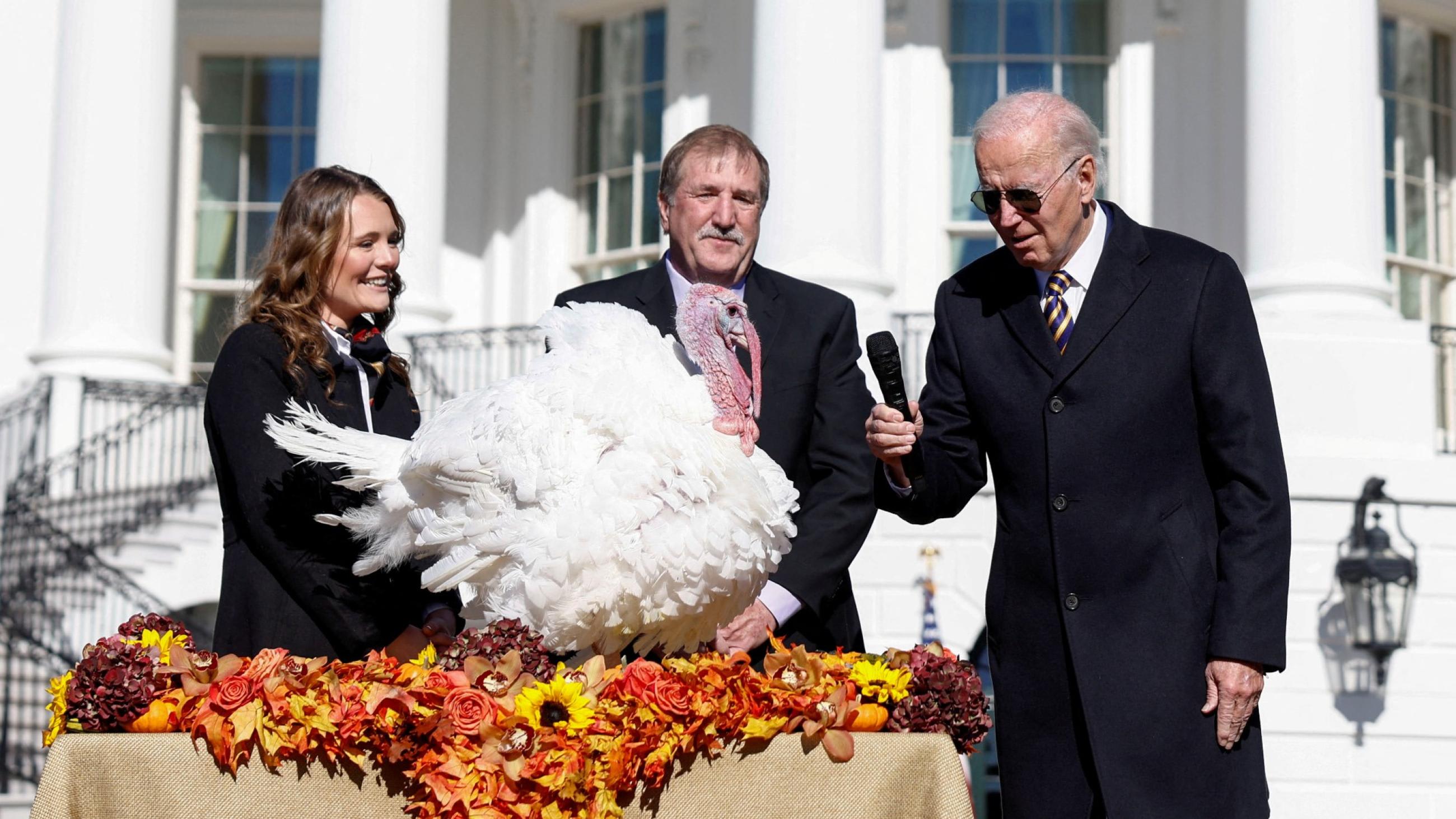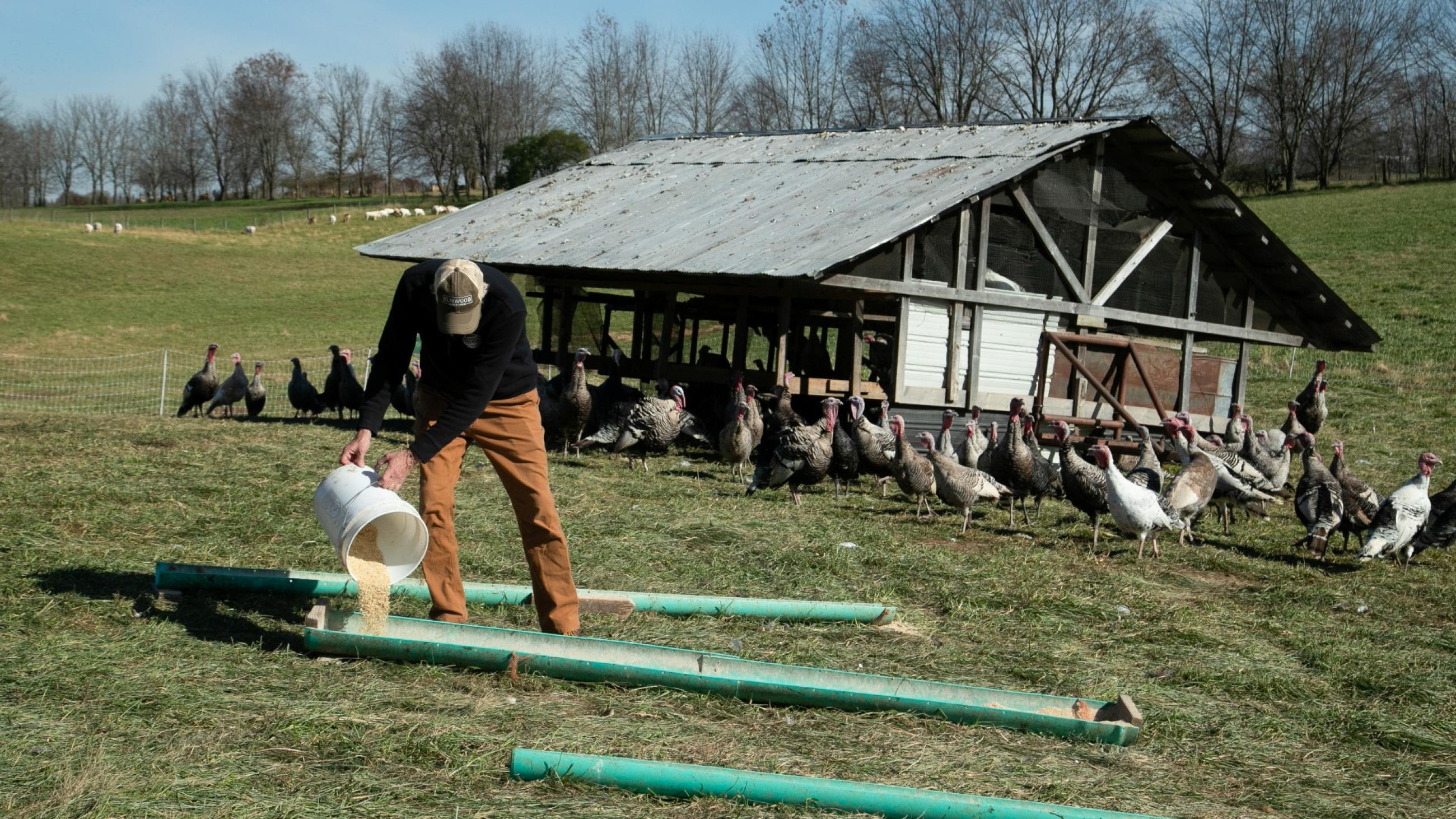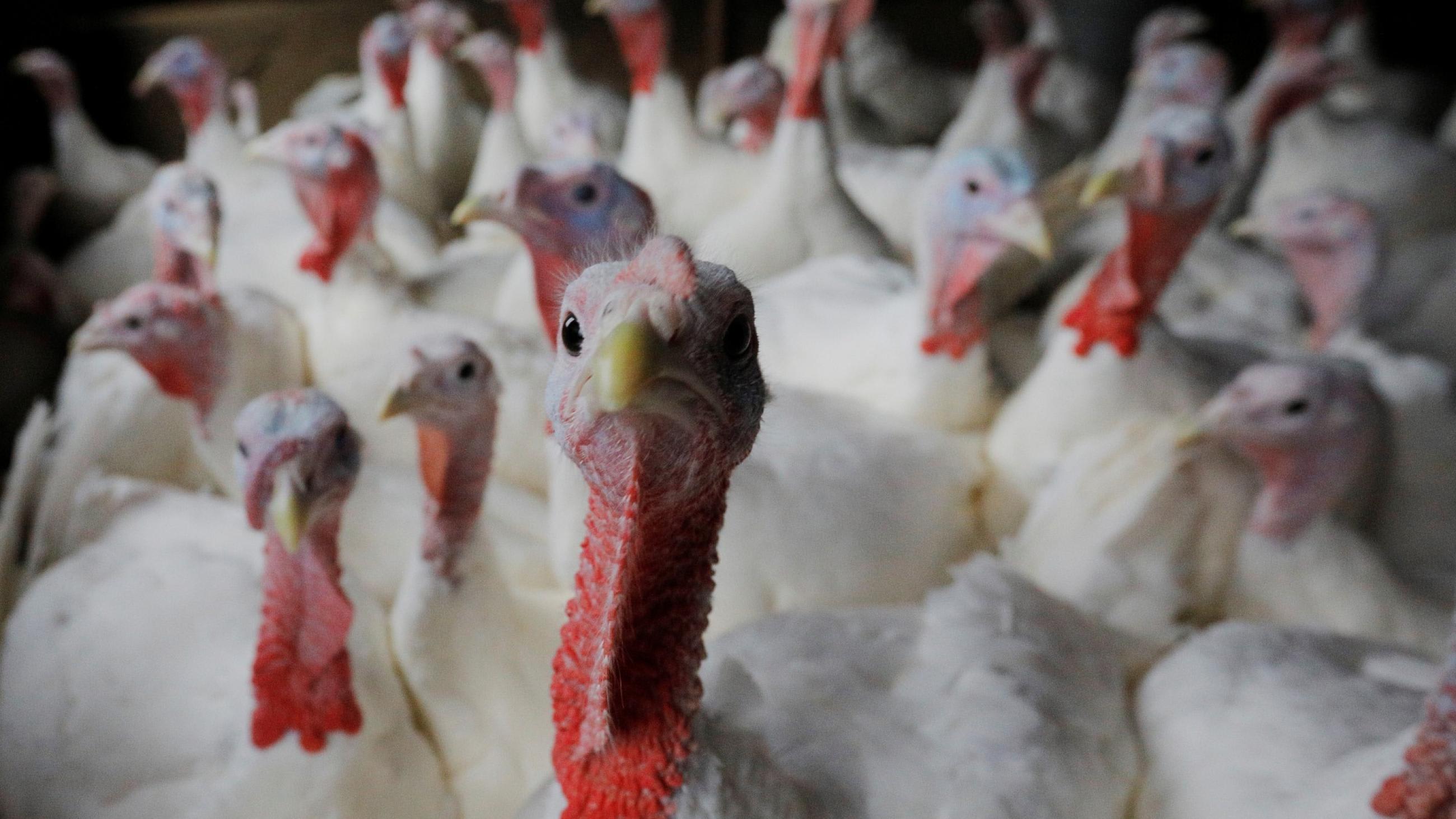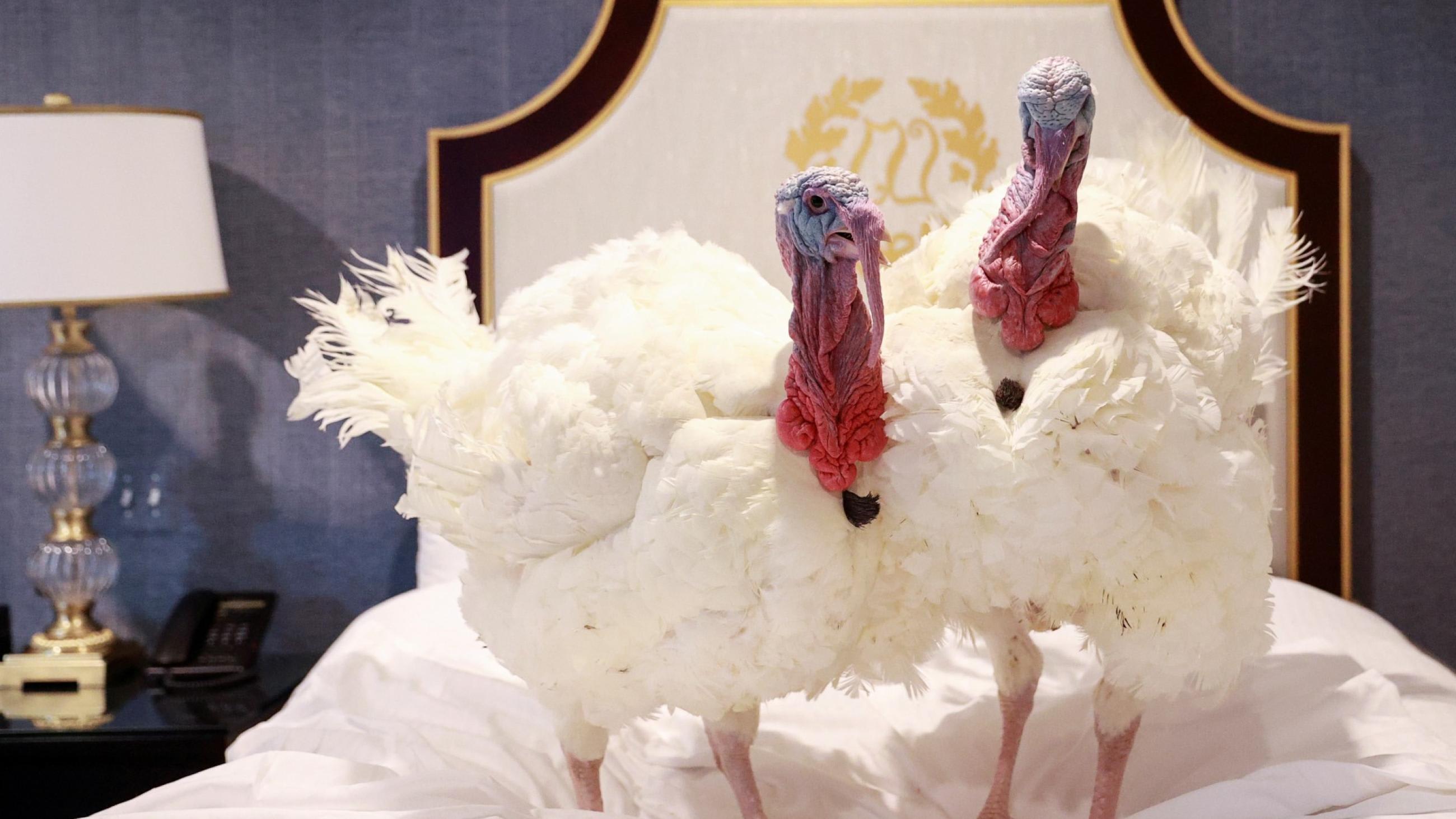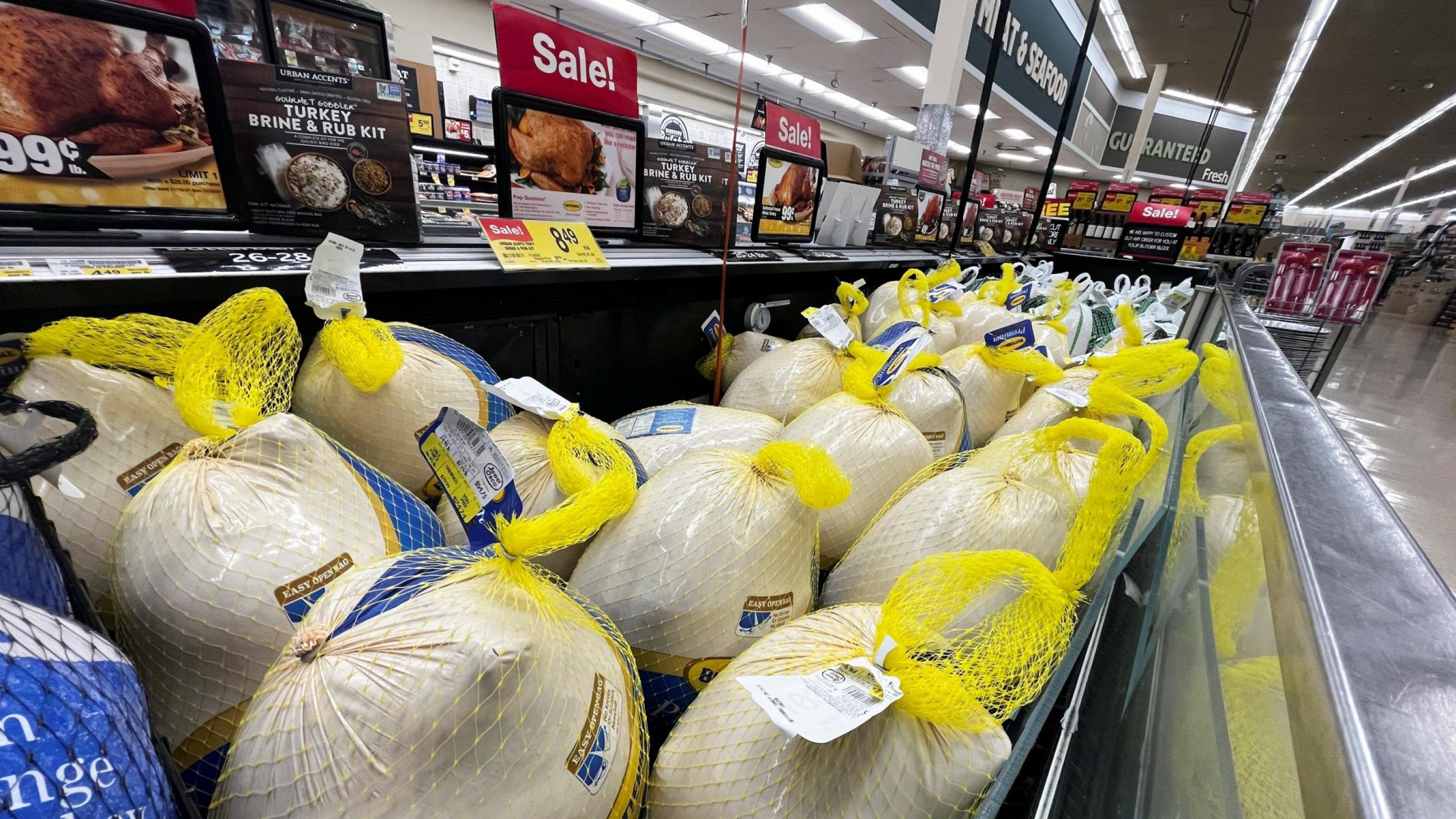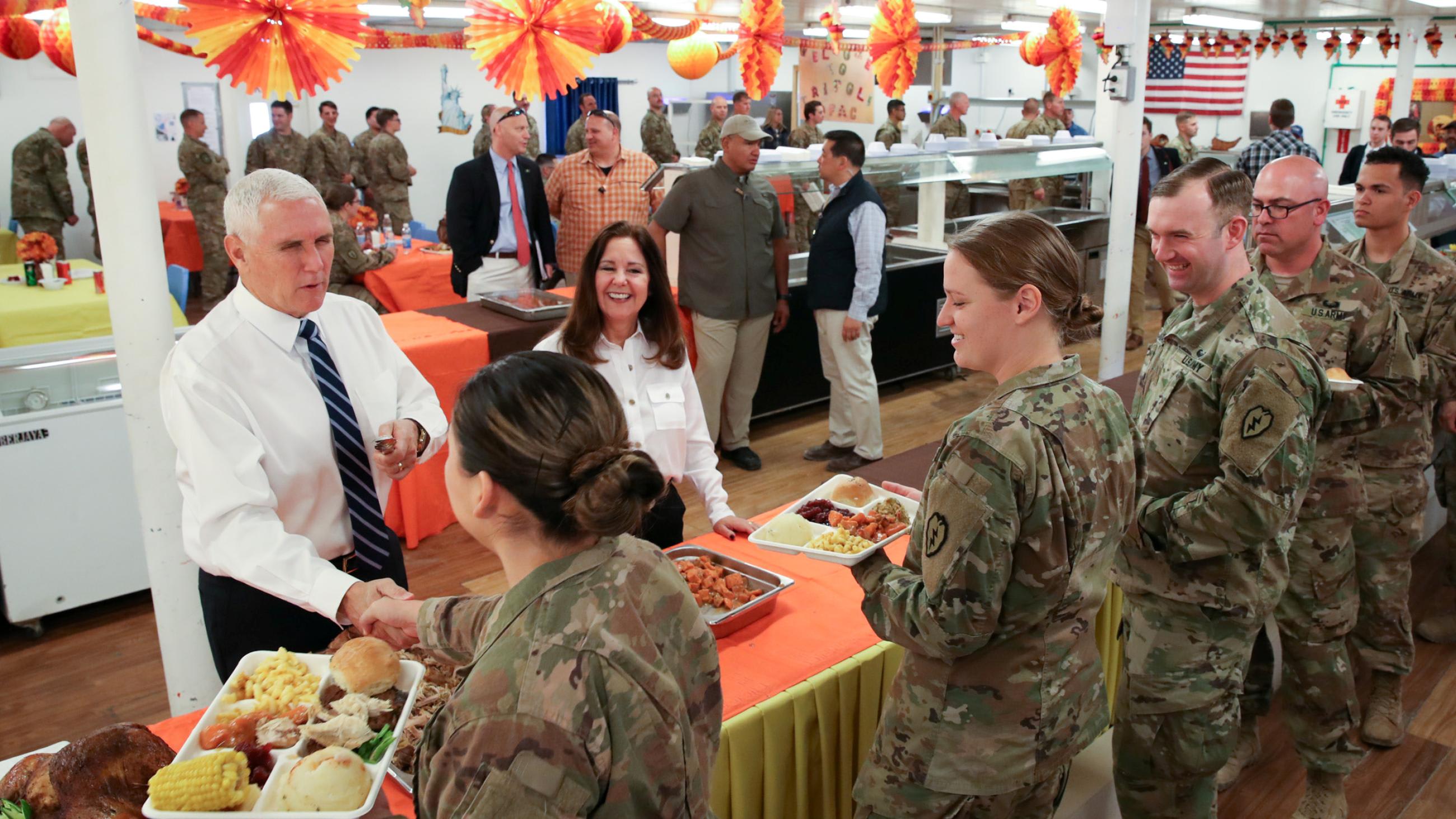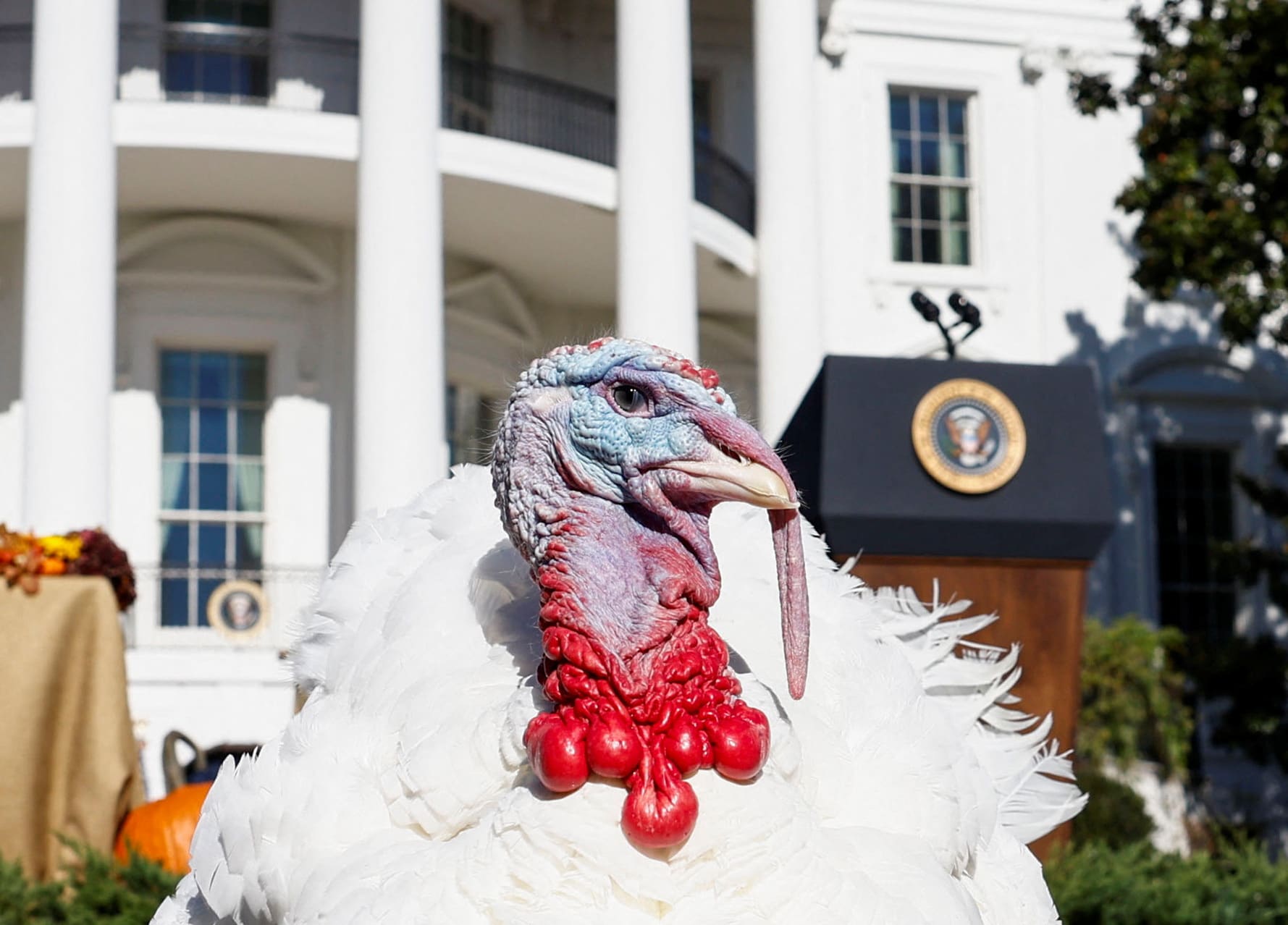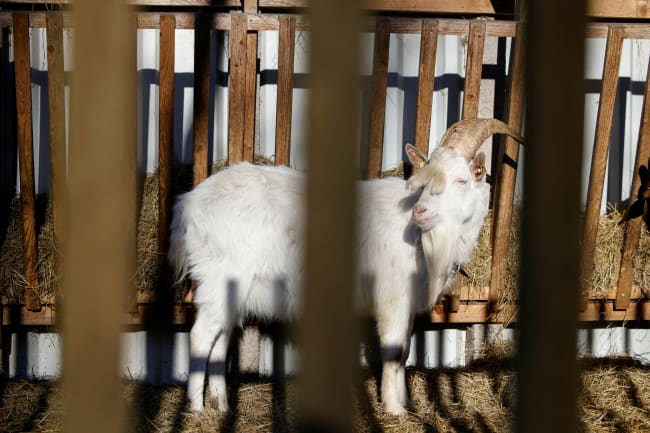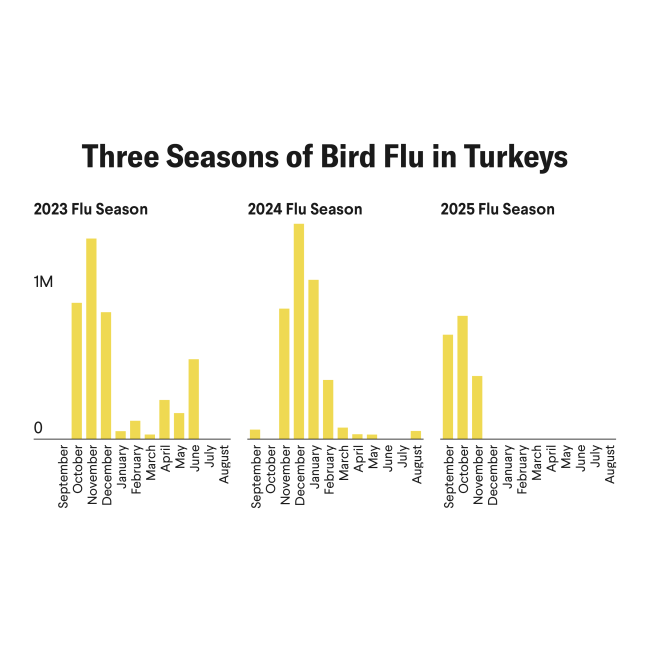Turkey is a staple in many families' Thanksgiving feasts, however, this year, some U.S. households might have to swap the bird for another protein or chose a smaller portion for their tables. An ongoing avian flu outbreak has resulted in the deaths of millions of turkeys this season.
Avian flu affects all birds—not just turkeys—and spreads through their mucous, saliva, or feces. While humans rarely contract avian flu, the disease is often fatal in birds, and has resulted in the deaths of over six million turkeys since the most recent outbreak was detected earlier this year, on February 8. Even when birds do not contract the virus, farmers still cull all the birds in an infected flock to prevent the flu from spreading more. The result is fewer turkeys and higher prices.
In September, the retail price for skinless turkey breast surged 112 percent higher compared to the same time last year, jumping from $3.16 per pound to $6.70 per pound. The price for a whole frozen turkey also leapt from $1.15 to $1.46 in that same period.
Other factors contributing to the rising cost of the classic Thanksgiving food are the price of grain and transportation. Economic inflation and the ongoing war in Ukraine mean that it's now more expensive for farmers to feed turkeys and transport them for processing. Despite supply shortages and rising costs, however, an estimated 46 million turkeys are expected to be consumed on Thanksgiving Day.
